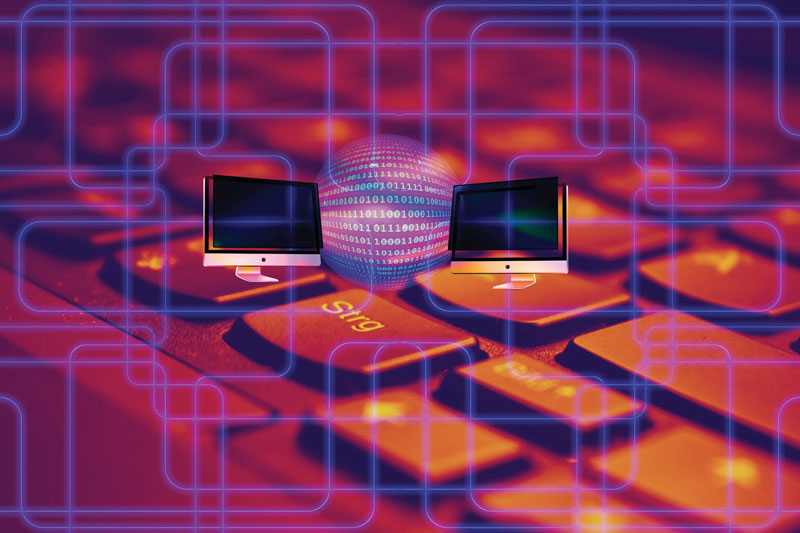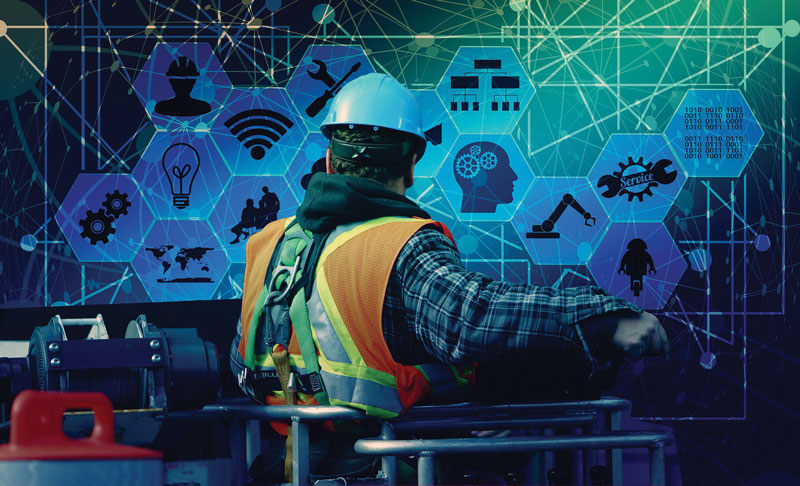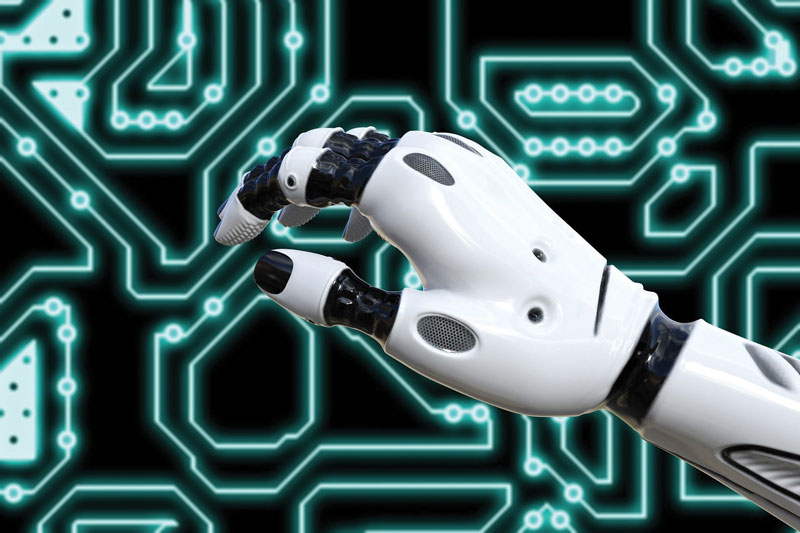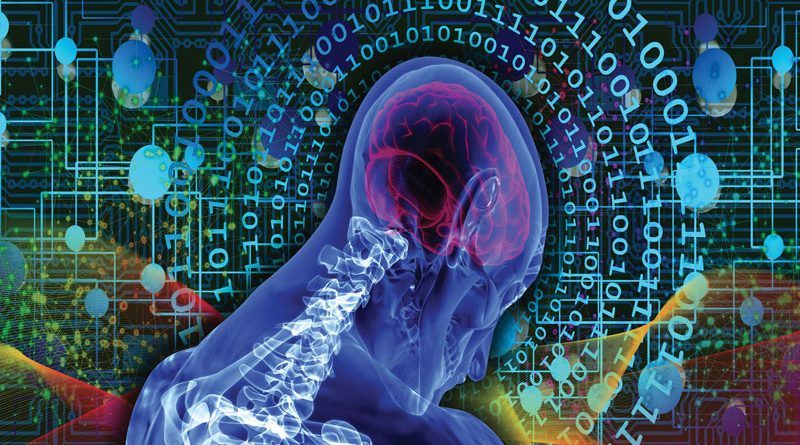Artificial Intelligence: Machines Think in Our Stead
Artificial intelligence is the ability that some technologies have to increase, through a process of inference or learning, the knowledge initially provided to them. The “knowledge-based” or “expert systems” are good examples
According to John McCarthy, the father of artificial intelligence, AI can be described as “the science and engineering of the manufacture of intelligent machines and programs”. So, it is a way to make a computer, robot or software decide in the same way as a human being would. For this purpose, it is necessary to study how the human brain thinks and how humans learn, decide and work while trying to solve a problem, thus using the results of this study as a basis for the development of intelligent software and systems.

A combination of reasoning, planning and problem solving
In the industrial field, the aim of artificial intelligence is to allow machines to perform complex operations, which normally require the intelligence of human beings to be carried out. In this way, machines can replace us in solving these tasks: not only in performing repetitive mechanical tasks, but also in tasks which require human experience or ability. However, the artificial intelligence demonstrated by machines is different from human intelligence, and its implementation opens a world of new opportunities for programmers, who can create applications in very different domains: from industrial production to cybersecurity, energy management and so on. Therefore, before learning the basics of artificial intelligence, it is essential to understand that it is above all a combination of reasoning, planning skills and problem solving. Languages such as Python, R, Lisp, Java and Prolog are just some of the many languages which may be used for AI programming and the creation of innovative projects.

Defining new methods related to measuring instruments and procedures
Many artificial intelligence applications now seem to bring us closer to the future, suffice it to think of self-driving cars, Google Translate or the humanoid robot Sophia. In general, robotics, the automotive sector and autonomous chairs for the disabled are among the main beneficiaries of artificial intelligence, which makes their control more intelligent, adaptive and able to change behaviour. However, the use of artificial intelligence techniques introduces a new set of problems related to the characterization of new instruments and measurement procedures. Research is therefore defining and evaluating appropriate methodologies and techniques to identify and specify the accuracy, precision and reliability of measurements performed using these new instrumental and advanced measurement procedures, in particular with respect to the choices of algorithms embedded in the relevant software and in the computer system itself.
What are the types of AI?
Four types of artificial intelligence are currently recognized. The first is that of reactive machines. It is a purely reactive type which does not have the possibility to create memories or to use a past experience to make decisions. Reactive machines are designed to perform specific tasks. For example, programmable washing machines perform specific functions but have no memory. AI with limited memory uses past experience and present data to make decisions. “Limited memory” means that machines cannot present new ideas. Memory is managed by a built-in program and machines need to be reprogrammed to change their operation. An example of this is self-guided vehicles. The third type, relative to the so-called “Theory of the Mind”, includes machines which can socialize and understand human emotions, having the ability to cognitively understand something according to the environment, facial features, conversation and so on. Machines with these AI capabilities are not yet available, but research seems to be well advanced. The future of AI lies mainly in the fourth type, that of self-awareness. Self-aware machines will be super intelligent, sentient and conscious, and will have the ability to react in a very similar way to that of a human being. Regardless of the type, it is the so-called “machine learning” which provides AI with the ability to learn. This is done through algorithms offering the possibility to discover patterns and generate analyses from the data presented.

Some of the tasks performed
What are the typical tasks that machines with artificial intelligence can perform? In general, we can see that machines today are able to perform tasks which once could only be performed by human beings, and the complexity of such tasks is increasing. These include, for example, problem solving, interpretation of visual problems, language recognition and natural language processing. In the industrial field, among the most frequently mentioned applications there is certainly that of predictive maintenance, which makes it possible to predict when a machine failure will occur in order to avoid costly service interruptions. AI can also be used upstream and downstream of these specific predictive models. For example, we can find applications in maintenance and repair planning, generation of preventive and predictive maintenance recommendations, analysis of quality aspects, automation of operations and routine maintenance using automation software, robots, autonomous vehicles and drones, interpretation of operational data with feedback to service teams and so on. In manufacturing, AI is used at various levels, from workforce planning to product design, improving efficiency, product quality and employee safety. In factories, machine learning and artificial neural networks support predictive maintenance of critical equipment. The use of AI in robotics led to the concept of collaborative robots or cobots, which may be instructed by operators and work with them. All these tasks are of course performed with the help of complex algorithms. In quality control, AI algorithms are used to notify potential production errors which could lead to product quality problems such as process deviations, subtle machine behavior anomalies, changes in raw materials and so on.
AI also enables automation of the process used to require human participation. An example is the Hong Kong underground, where an AI program decides the distribution and scheduling of engineers’ work with greater efficiency and reliability than human counterparts. Another example is Foxconn, which produces most Apple products. The company recently launched an investment plan in AI Research and Development with the goal of incorporating data collection sensors (based on artificial intelligence) in all production facilities and equipment. The acquired data will help identify maintenance issues and improve production processes.

